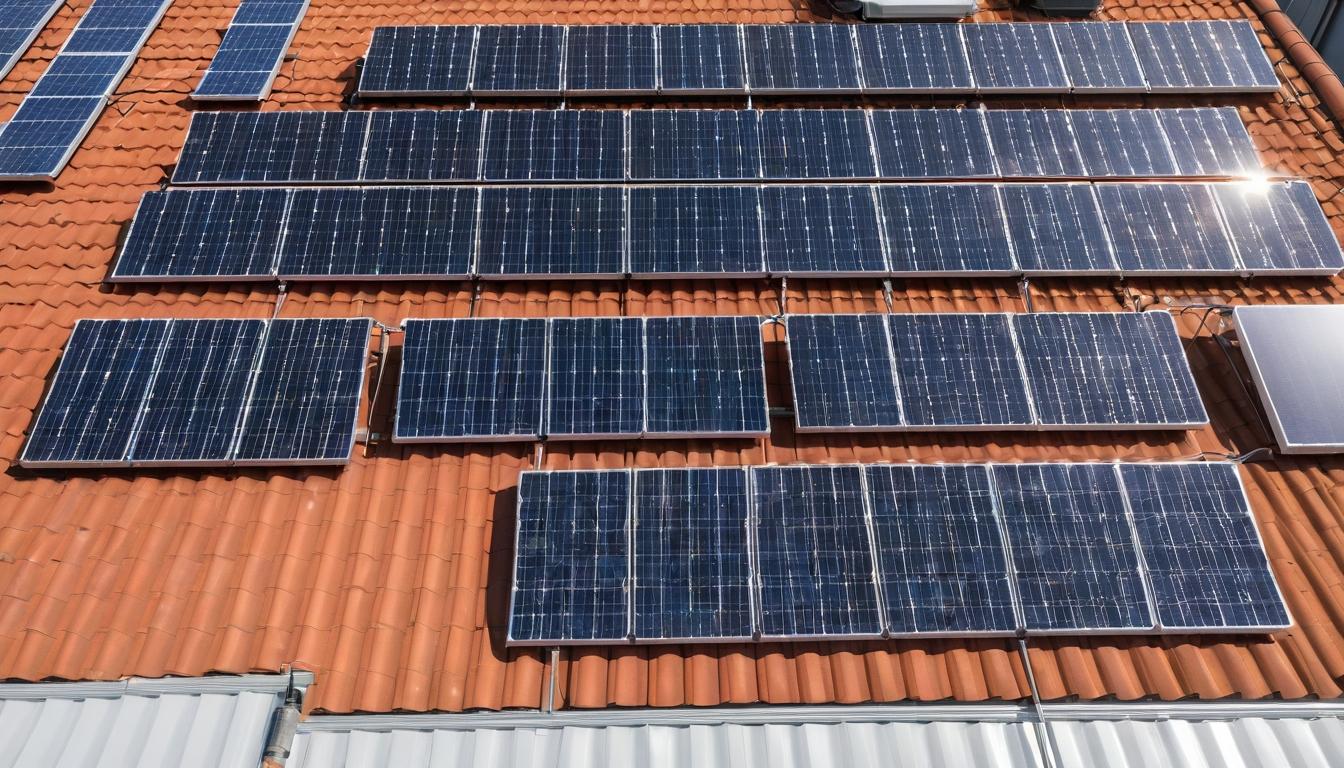While most people picture solar panels as the familiar blue rectangles dotting suburban rooftops, the real story unfolding across research labs and manufacturing facilities tells a much more exciting tale. The solar industry is undergoing a quiet revolution that promises to transform not just how we generate electricity, but how we think about energy itself.
In laboratories from California to China, scientists are pushing the boundaries of what solar technology can achieve. Perovskite solar cells, once considered too unstable for commercial use, are now demonstrating remarkable efficiency gains and surprising durability. These thin, flexible materials can be printed like newspaper and applied to virtually any surface, opening up possibilities for solar-integrated windows, vehicles, and even clothing. The breakthrough came not from a single eureka moment, but from years of painstaking research into material stability and manufacturing processes.
Meanwhile, bifacial solar panels are quietly revolutionizing large-scale solar farms. These double-sided panels capture sunlight from both sides, increasing energy output by up to 30% without requiring additional land. The technology works particularly well in snowy environments where reflected light boosts performance, and in agricultural settings where panels mounted above crops generate electricity while allowing farming to continue below. It's a classic case of innovation happening not through flashy announcements, but through practical improvements that make existing technology work better.
Solar tracking systems have evolved from simple mechanical devices to sophisticated AI-driven platforms that predict cloud movements and optimize panel angles throughout the day. These systems now incorporate weather forecasting algorithms and machine learning to anticipate changes in sunlight conditions, adjusting panel positions before clouds even arrive. The result is a significant boost in energy production without requiring additional panels or land.
Perhaps the most overlooked aspect of the solar revolution is happening in manufacturing. Automated factories using robotics and advanced quality control systems are driving down costs while improving reliability. The latest production lines can fabricate solar cells with microscopic precision, reducing material waste and energy consumption during manufacturing. This quiet evolution in how solar panels are made has done more to advance solar adoption than any single technological breakthrough.
Energy storage, once the Achilles' heel of solar power, is undergoing its own transformation. While lithium-ion batteries dominate headlines, flow batteries and thermal storage systems are emerging as viable alternatives for large-scale applications. These technologies can store solar energy for days or even weeks, addressing the fundamental challenge of solar's intermittency. The most promising developments combine multiple storage approaches, creating hybrid systems that optimize for both short-term and long-term energy needs.
The integration of solar with other renewable sources is creating new possibilities for reliable clean energy. Solar-wind hybrid systems leverage the complementary nature of these resources—solar produces most during daylight hours while wind often peaks at night. Combined with advanced forecasting and smart grid technology, these hybrid systems can provide consistent power without relying on fossil fuel backups.
Building-integrated photovoltaics (BIPV) represent another frontier where solar technology is becoming invisible by design. Solar roof tiles that look identical to conventional roofing materials, transparent solar windows that generate electricity while letting light through, and solar facades that double as architectural elements are transforming buildings from energy consumers to energy producers. This integration eliminates the aesthetic concerns that sometimes hinder solar adoption while making renewable energy generation a fundamental part of construction.
The digital revolution is equally important to solar's future. Smart inverters, blockchain-enabled energy trading platforms, and AI-powered energy management systems are creating a more flexible and resilient grid. Homeowners can now automatically sell excess solar power to neighbors, utilities can better manage distributed energy resources, and consumers gain unprecedented control over their energy usage and costs.
What's most remarkable about these developments is how they're converging. The combination of more efficient panels, better storage, smarter integration, and digital management creates a whole that's greater than the sum of its parts. We're not just getting better solar panels—we're getting better solar systems that work seamlessly with our existing infrastructure and lifestyles.
The implications extend beyond electricity bills. Solar technology is becoming a tool for energy independence, grid resilience, and economic development. Microgrids powered by solar and storage can keep communities running during natural disasters, solar-powered water purification systems can provide clean drinking water in remote areas, and solar agriculture can help farmers reduce costs while increasing yields.
As these technologies mature and scale, the cost curves continue their dramatic descent. Solar power has already become the cheapest form of electricity in history in many regions, and the innovations now emerging promise to drive costs even lower while expanding applications. The solar revolution isn't just about replacing fossil fuels—it's about reimagining our entire relationship with energy.
The story of solar's evolution is one of quiet persistence rather than dramatic breakthroughs. It's the result of thousands of engineers, researchers, and entrepreneurs working methodically to solve practical problems and incrementally improve technologies. Their collective efforts are creating an energy future that's not just cleaner, but smarter, more resilient, and more accessible to everyone.
The solar revolution you're not hearing about: how emerging technologies are reshaping our energy future

